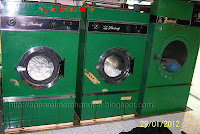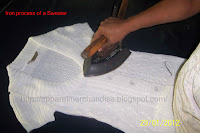Learn Apparel Merchandising, Learn Fashion design.
After receive all the raw materials.
7th Step
Sewing Section: As in our following this style has no print & embroidery so the cut fabric will be go to input section directly. Merchandiser should sit for a PP meeting with production department with the approved trim card, PP sample, Accessories in house report. Production department should discuss with planning department for production target.
a) Placket Making: Production supervisor will made the placket by the help of sewing operator. At first they will fused the fabric with interlining in fusing machine. After that, they will cut the fabric by use of the pattern of placket. After that, they will marked the placket fabric & stitch with a plain machine.
b) Pocket Joint: In between of the placket making we will attached the pocket with body by use of a plain machine. Regarding the pocket please be careful about placement of pocket. Sometimes sewing operator sew it slanted & wrong position.
c) Placket Make & Joint : After making the placket & joint the pocket with body, the body has goes to next plain machine operator to attached the placket with body. Here normally we used two plain machine.
d) Shoulder Joint: After the placket joint we joint the shoulder (front & back part) by use of a over lock machine.
e) Shoulder Top Stitch: After shoulder joint we put a top stitch over the shoulder by use of another plain machine.
f) Collar tack & Joint : After the shoulder top stitch at first we tack the collar by use a plain machine then we join the collar with body by use of a over lock machine.
g) Back tape joint: After collar joint we joint the back tape in the flat lock machine by used of folder.
h) Placket Top stitch: After back tap joint we put placket top stitch by use two plain machine.
i) Placket Box: After the top stitch of placket we make the placket box by use of plain machine.
j) Main/size label attachment: After the placket box making we attached the main/size label inside the back tape by use of plain machine.
k) Sleeve rolling/ sleeve hem: In the mean time we roll the or hem the sleeve with flat lock machine.
l) Sleeve joint: Now we will joint the sleeve with body by use of over lock machine.
m) Side seam joint: After these operations we joint the both side seam of body & sleeve by use of over lock machine. We also attached the care label in between this operations.
n) Bottom hem: After the side seam joint we hem the bottom by use of a flat lock machine.
o) Sleeve (opening)Tack: After these process we put a tack in sleeve opening.
p) Button Hole: Then we make hole on the placket by use of button hole machine. In this regards please note that button hole will be little bit smaller then the button dia (ligne). Also be noted top button hole will be horizontal where as the others button hole will be vertical. However, you should confirmed it with your buyer.
q) Button Stitch: After button hole we will be attached the button with placket by use of button stitch machine. Please note that, many time buyer asked for extra button. If needed then we will also stitched a button with the body.
Regards
Bipul
Read my next post regarding Finishing section.
After receive all the raw materials.
7th Step
Sewing Section: As in our following this style has no print & embroidery so the cut fabric will be go to input section directly. Merchandiser should sit for a PP meeting with production department with the approved trim card, PP sample, Accessories in house report. Production department should discuss with planning department for production target.
a) Placket Making: Production supervisor will made the placket by the help of sewing operator. At first they will fused the fabric with interlining in fusing machine. After that, they will cut the fabric by use of the pattern of placket. After that, they will marked the placket fabric & stitch with a plain machine.
b) Pocket Joint: In between of the placket making we will attached the pocket with body by use of a plain machine. Regarding the pocket please be careful about placement of pocket. Sometimes sewing operator sew it slanted & wrong position.
c) Placket Make & Joint : After making the placket & joint the pocket with body, the body has goes to next plain machine operator to attached the placket with body. Here normally we used two plain machine.
d) Shoulder Joint: After the placket joint we joint the shoulder (front & back part) by use of a over lock machine.
e) Shoulder Top Stitch: After shoulder joint we put a top stitch over the shoulder by use of another plain machine.
f) Collar tack & Joint : After the shoulder top stitch at first we tack the collar by use a plain machine then we join the collar with body by use of a over lock machine.
g) Back tape joint: After collar joint we joint the back tape in the flat lock machine by used of folder.
h) Placket Top stitch: After back tap joint we put placket top stitch by use two plain machine.
i) Placket Box: After the top stitch of placket we make the placket box by use of plain machine.
j) Main/size label attachment: After the placket box making we attached the main/size label inside the back tape by use of plain machine.
k) Sleeve rolling/ sleeve hem: In the mean time we roll the or hem the sleeve with flat lock machine.
l) Sleeve joint: Now we will joint the sleeve with body by use of over lock machine.
m) Side seam joint: After these operations we joint the both side seam of body & sleeve by use of over lock machine. We also attached the care label in between this operations.
n) Bottom hem: After the side seam joint we hem the bottom by use of a flat lock machine.
o) Sleeve (opening)Tack: After these process we put a tack in sleeve opening.
p) Button Hole: Then we make hole on the placket by use of button hole machine. In this regards please note that button hole will be little bit smaller then the button dia (ligne). Also be noted top button hole will be horizontal where as the others button hole will be vertical. However, you should confirmed it with your buyer.
q) Button Stitch: After button hole we will be attached the button with placket by use of button stitch machine. Please note that, many time buyer asked for extra button. If needed then we will also stitched a button with the body.
Regards
Bipul
Read my next post regarding Finishing section.


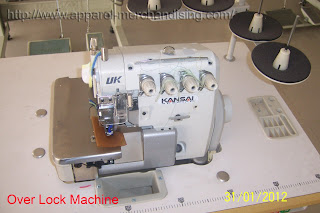

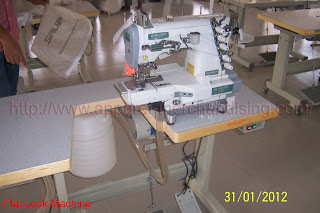
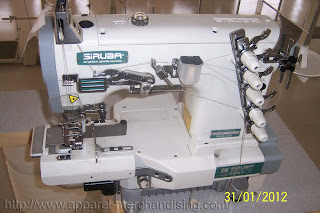


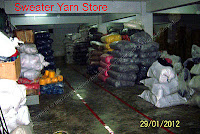
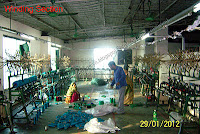

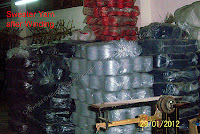

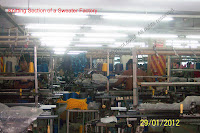
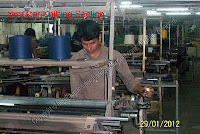
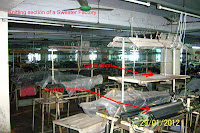
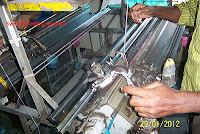
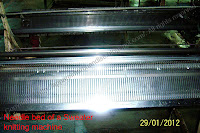
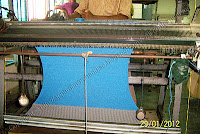


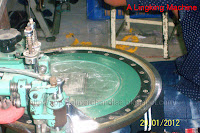




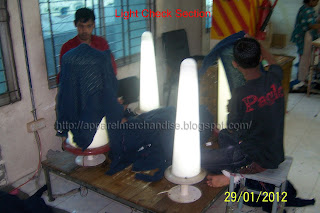


.jpg)
+001.jpg)
